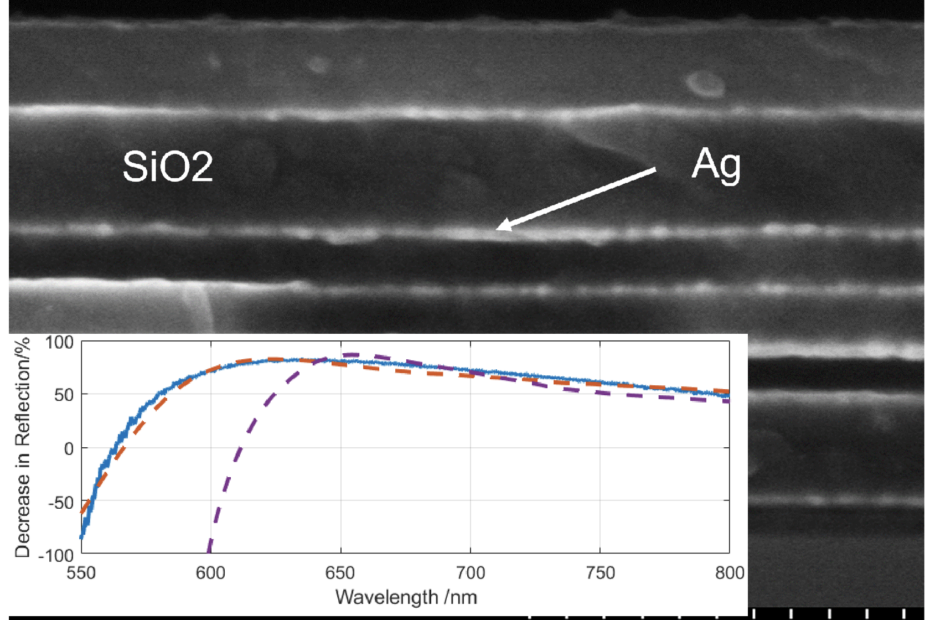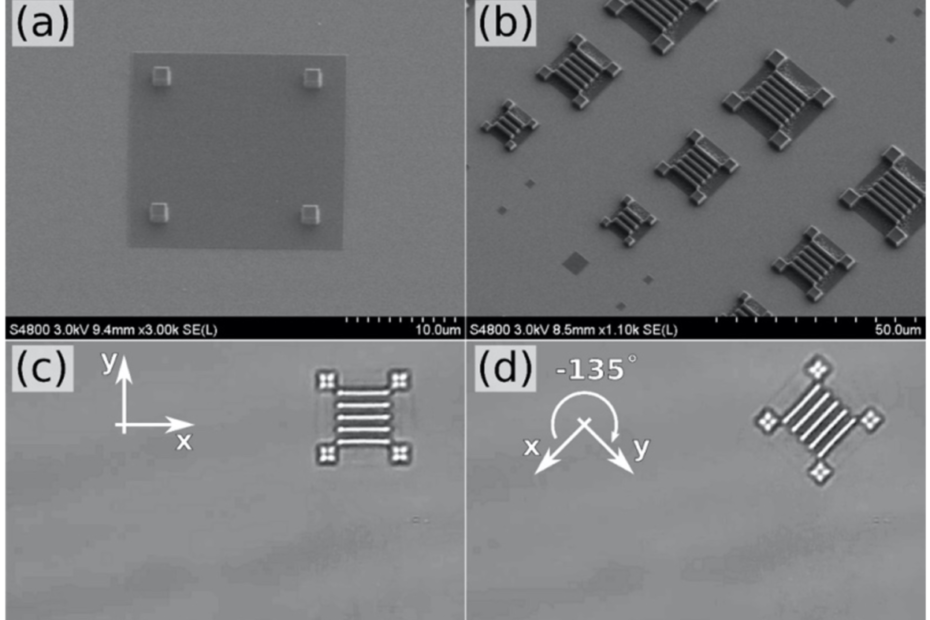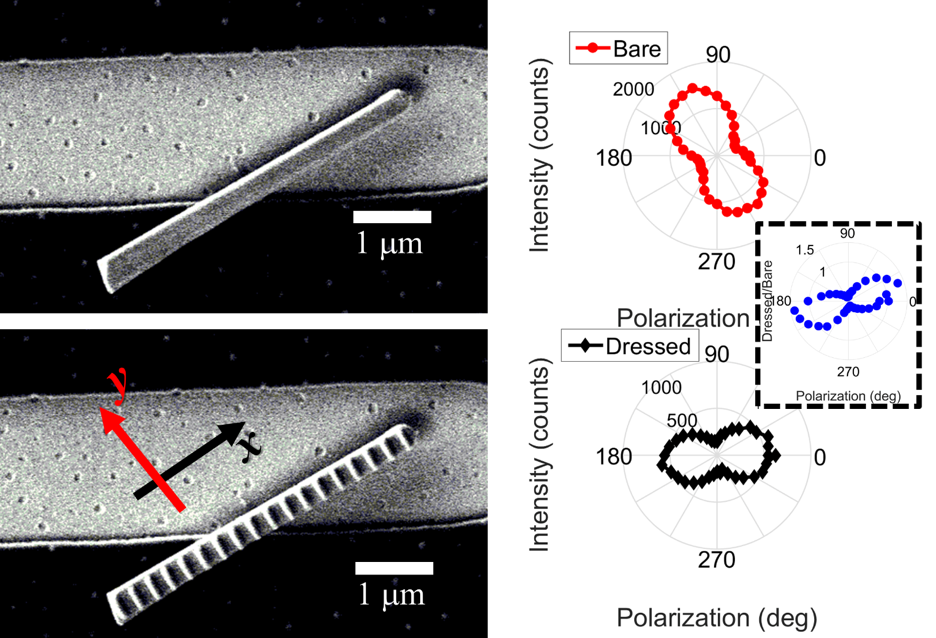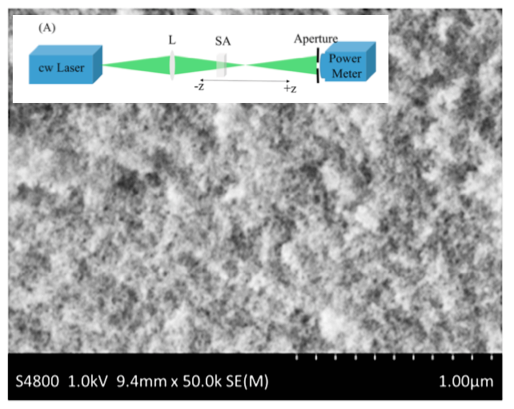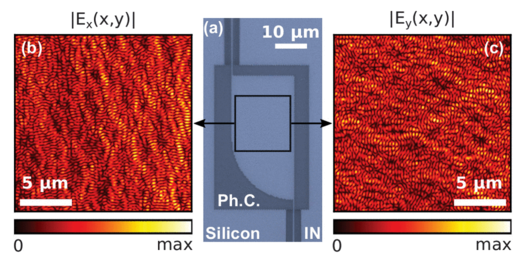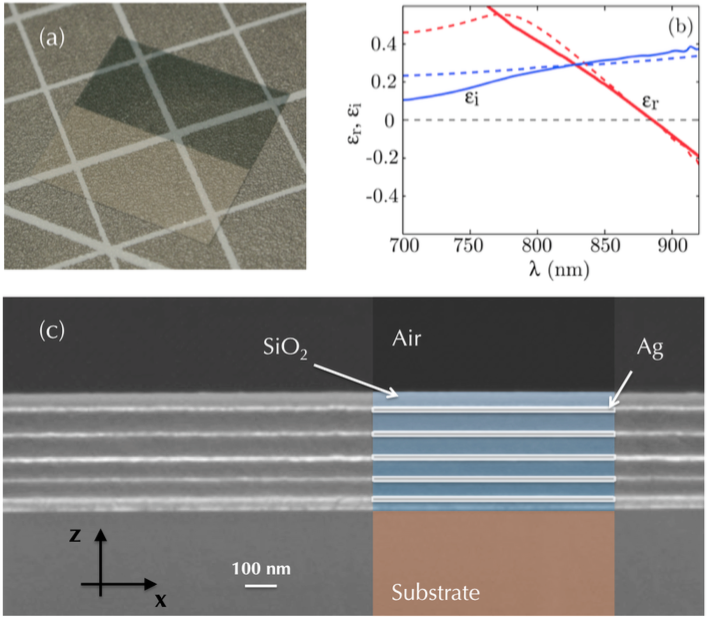Anti-reflection coatings for epsilon-near-zero materials
In this article we design and fabricate an anti-reflection layer for a multilayer epsilon-near-zero metamaterials. The layer is designed using a Multi-Objective-Grey-Wolf-Optimizer (MOGWO), using the same constituent materials of the ENZ stack. The anti-reflection layer yields a transmission enhancement of 20% over a 150 nm range and reflection minimization of 50% over a 200 nm range, respect to the uncoated sample.
